In Murano, the new chapter of the Le Stanze del Vetro project explores the presence of Murano glass in the editions of the Venice Biennale between 1912 and 1930. The exhibition entitled 1912-1930 Murano Glass and the Venice Biennale, curated by Marino Barovier and hosted at Le Stanze del Vetro on theIsland of San Giorgio Maggiore, will be open to the public from April 14 to November 24, 2024.
The exhibition presents a selection of 135 works, many of them of great rarity from important museum institutions and private collections. The period 1912-1930 was chosen because it marks a crucial phase for Murano glass within the Biennale, during which the material began to gain prominence within the event. During the 1910s, the Biennale predominantly featured works made by artists experimenting with glass. These artists included Hans Stoltenberg Lerche, Vittorio Toso Borella, Vittorio Zecchin, Teodoro Wolf Ferrari, and Umberto Bellotto, each with their own innovative approach to the material. These artists often collaborated with glassworks such as Fratelli Toso or that of the Barovier Artists to create their works. After a hiatus due to World War I, from the 1920s the Biennale began to include glassworks that presented their own production, made either independently or in collaboration with outside designers.
Among the furnaces that distinguished themselves during this period, V.S.M. Cappellin Venini e C, founded by Giacomo Cappellin and Paolo Venini, stood out for its artistic collaboration with Vittorio Zecchin. This collaboration led to the creation of monochrome blown glass of elegant modernity, inspired by Renaissance models, exhibited between 1922 and 1924. These glasses marked a new direction for the renewal of Murano glassmaking, which for much of the second two decades of the century used mainly transparent monochrome glass. The painter and engraver Guido Balsamo Stella also participated in the Venice Biennale from 1924 to 1930, distinguishing himself with his engraved glass, characterized by original creativity.
In 1926, the glassworks born from the division of Cappellin and Venini, M.V.M. Cappellin e C. and V.S.M. Venini e C., presented new transparent glass designed by Vittorio Zecchin and sculptor Napoleone Martinuzzi. The latter made pulegoso glass, with a semi-opaque appearance and dense bubbles, which became very popular and was exhibited in a series of sculptural artifacts at the 1928 Biennale. In the same edition, the Vetreria Artistica Barovier presented a small series of animals and plants in transparent polychrome glass, exemplifying a new production of bibelots, which stood out in later years for both the quality of the techniques used and the playful approach to the theme.
Other translucent glass animals were also presented by Guido Balsamo Stella with SAIAR Ferro Toso at the XVII edition in 1930, highlighting the great experimental work done by the most important Murano furnaces, such as Vetreria Artistica Barovier and V.S.M. Venini e C. On the one hand, the Vetreria Artistica Barovier exhibited in the Black and White Gallery the refined Primavera glass, characterized by a milky appearance and black glass paste finish, the result of research conducted by Ercole Barovier. On the other hand, Venini presented new pulegosi glass, glass encamiciati with brilliant colors, along with mixed glass (chalcedony) artifacts and original types of objects such as aquariums, designed by Napoleone Martinuzzi.
The exhibition 1912-1930 Murano Glass and the Venice Biennale is accompanied by a catalog edited by Marino Barovier and Carla Sonego, which is the result of rigorous bibliographical research and in-depth documentary investigation in the Biennale’s Historical Archives of Contemporary Arts (ASAC). The catalog illustrates, through period photos, drawings and documentary material, the works exhibited at the Biennale during a significant period that marked the entry of glass art, considered minor, into the world of the major arts, thus consecrating the artistic value of Murano’s avant-garde production.
For all information you can visit www.lestanzedelvetro.org.
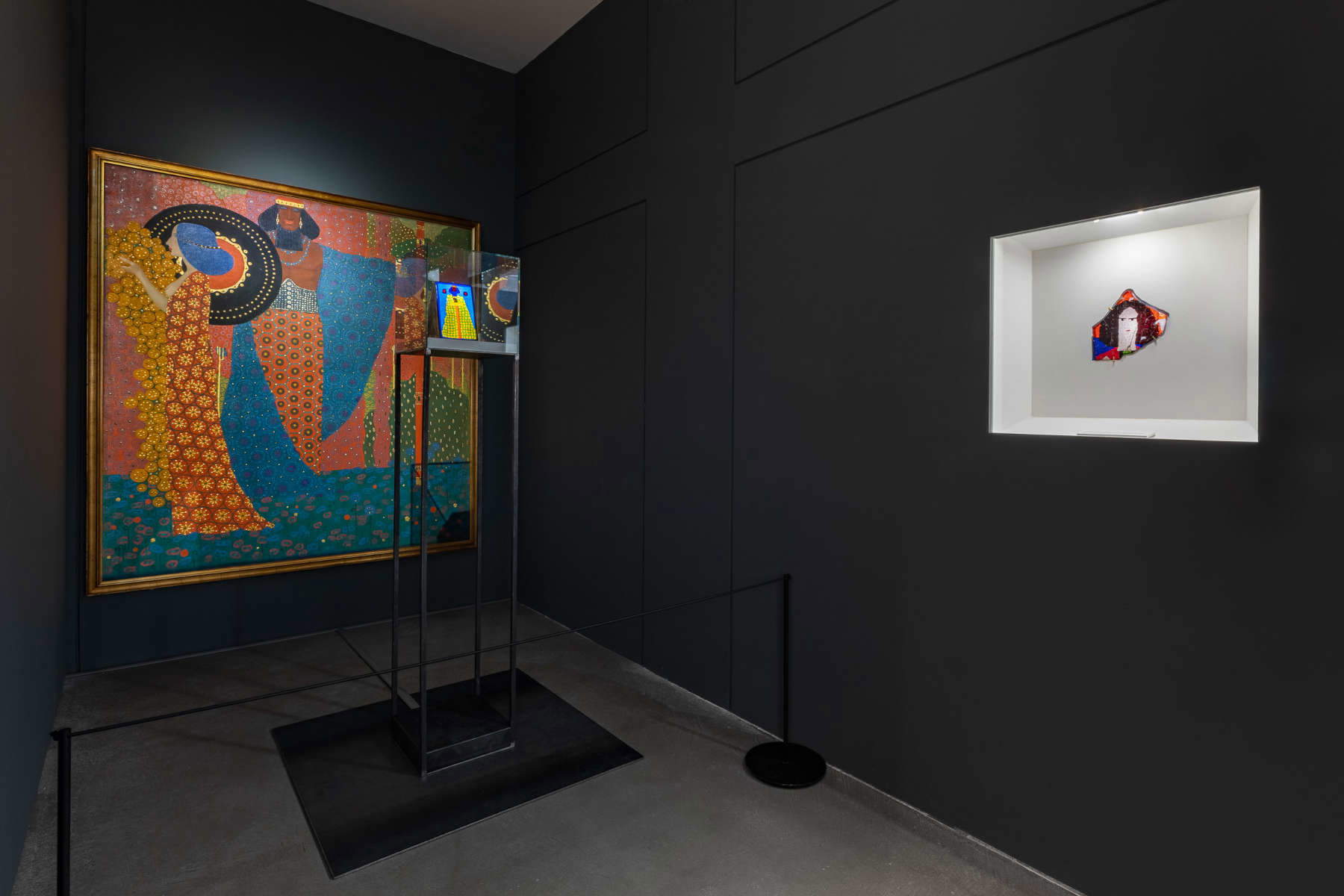
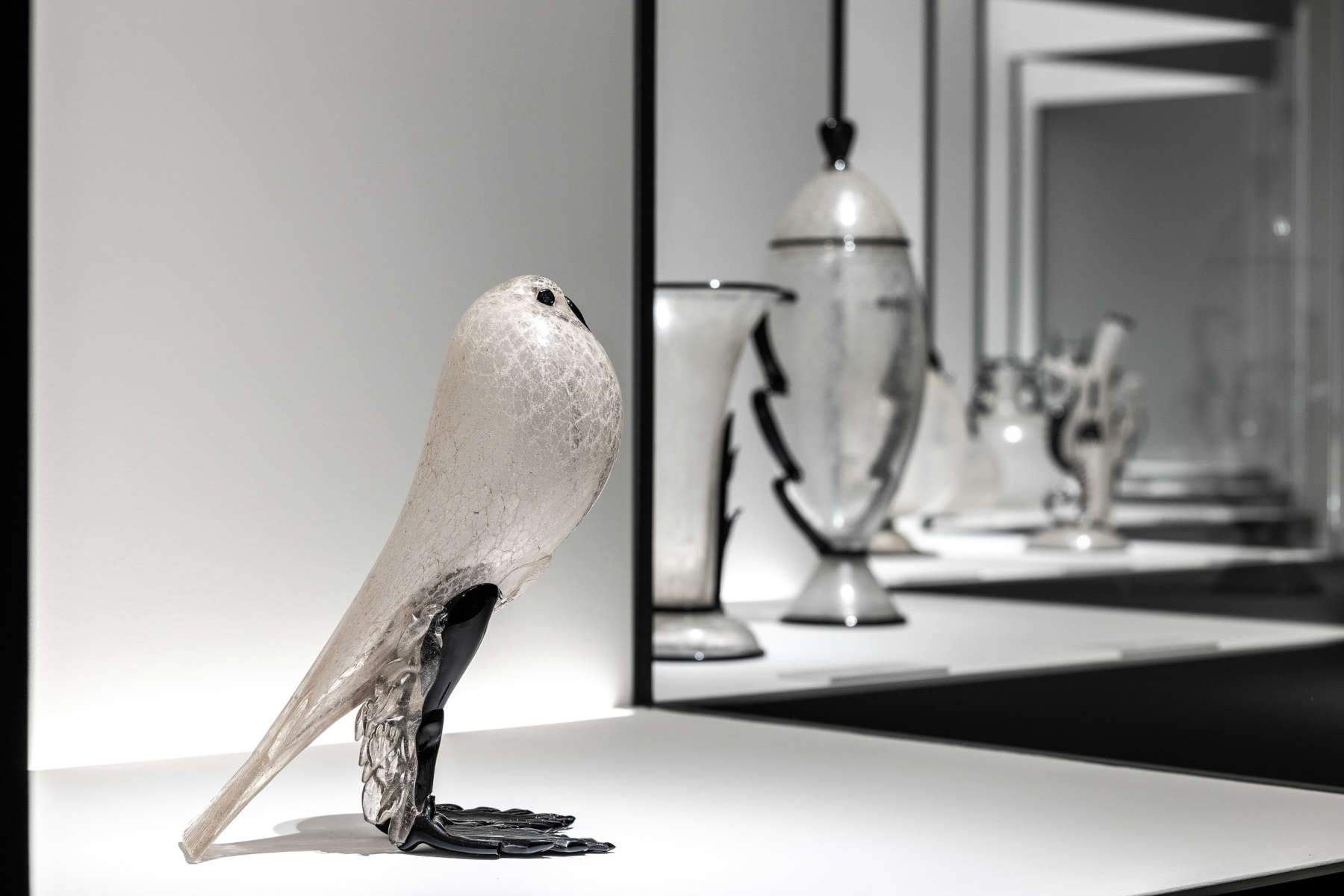
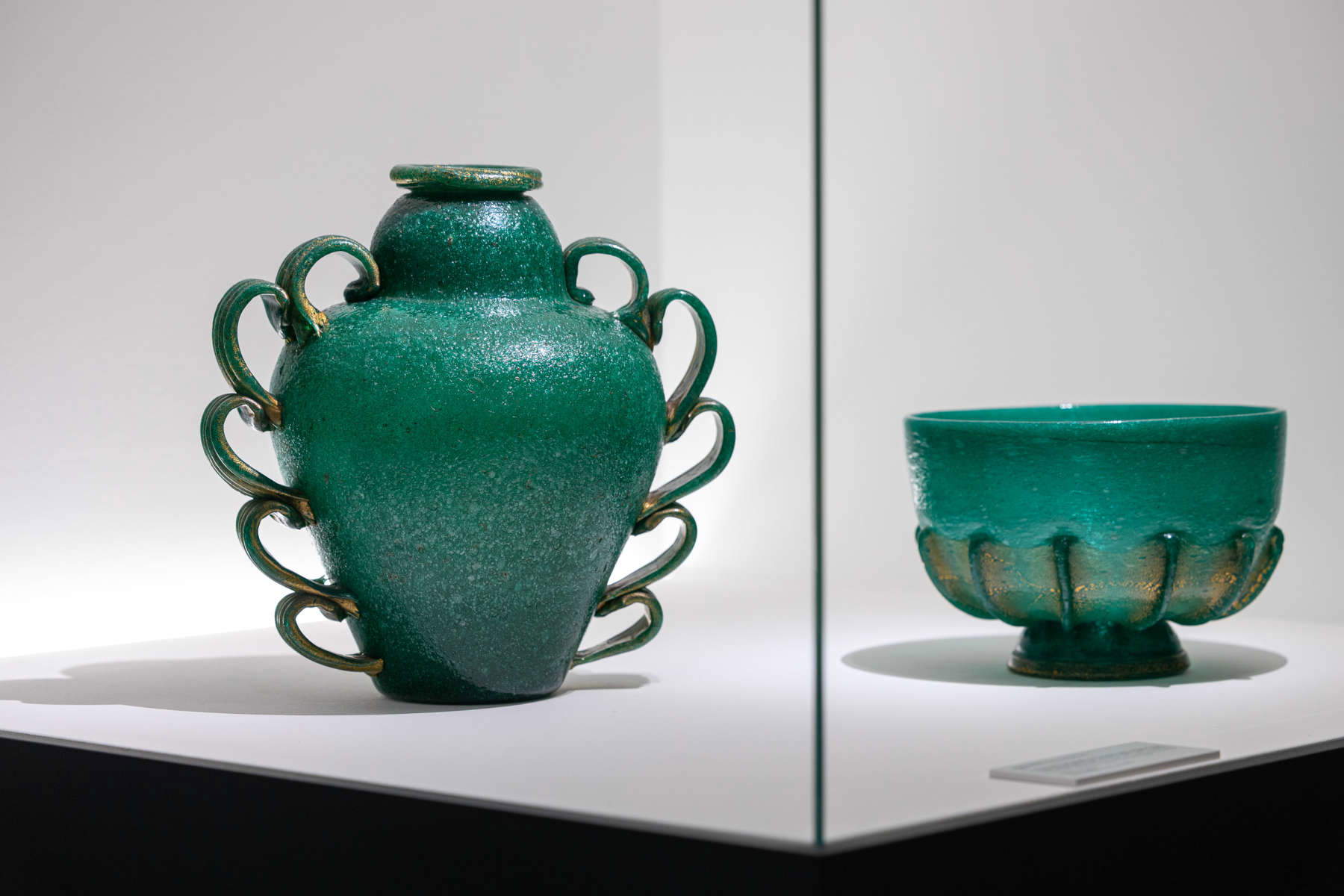
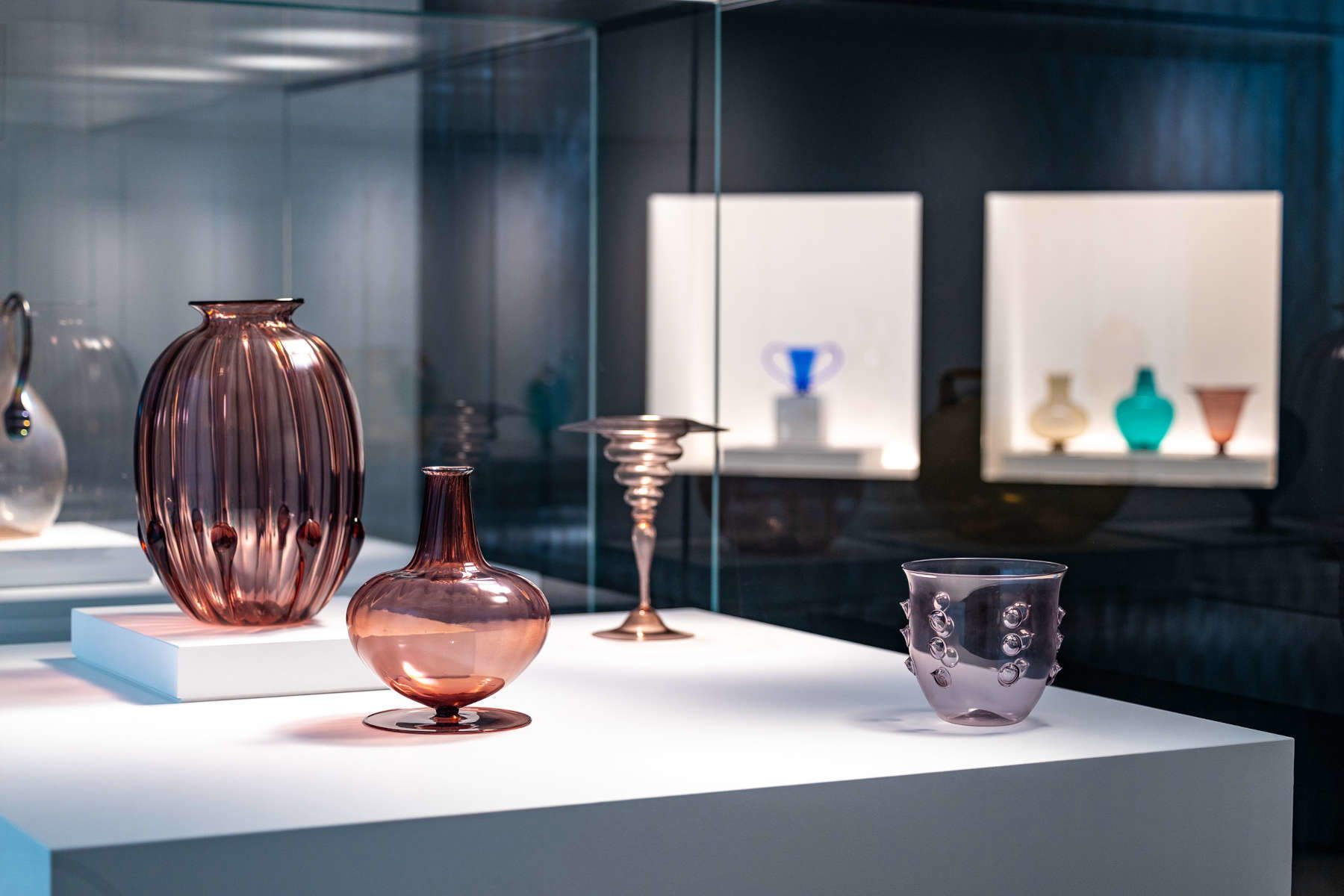
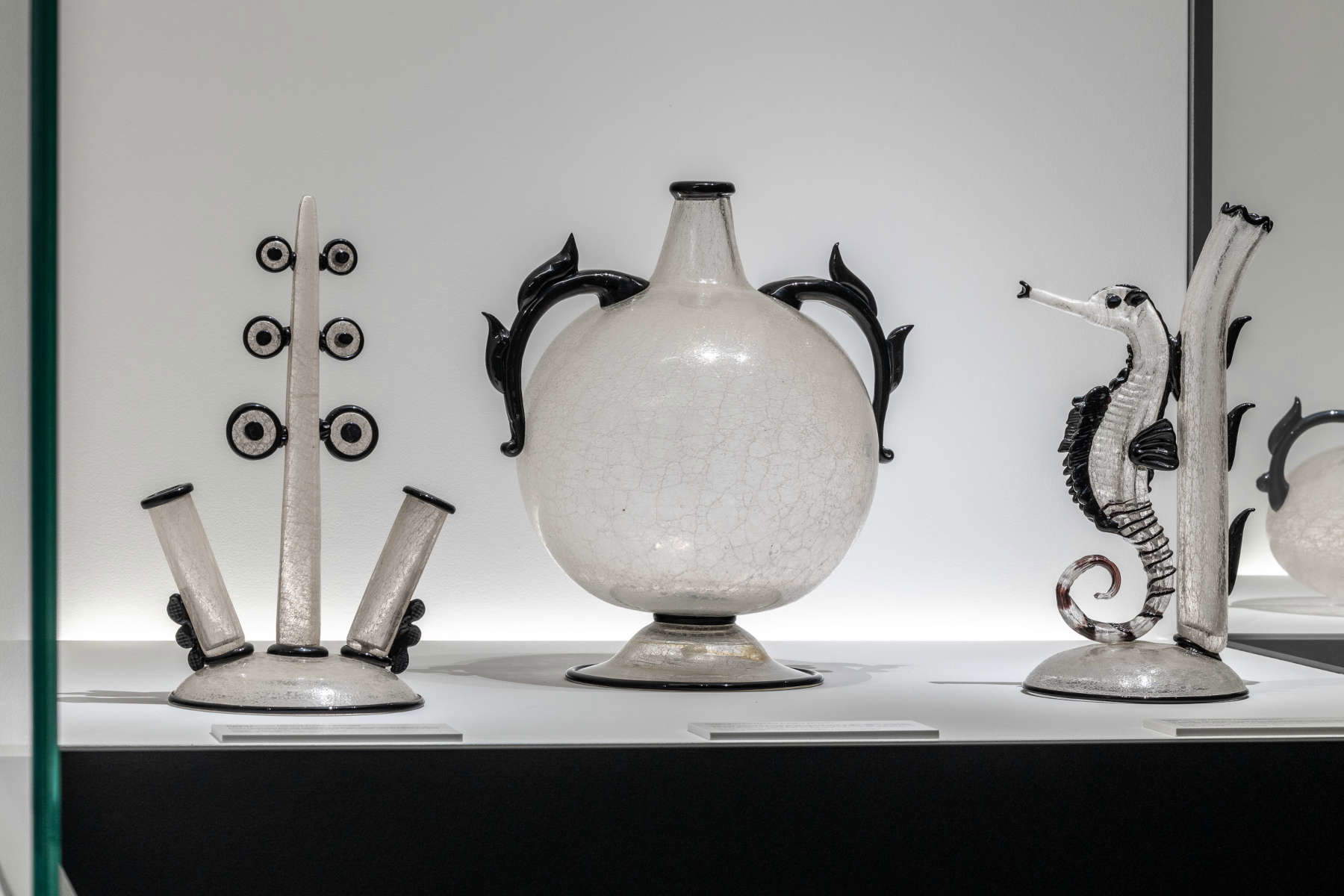
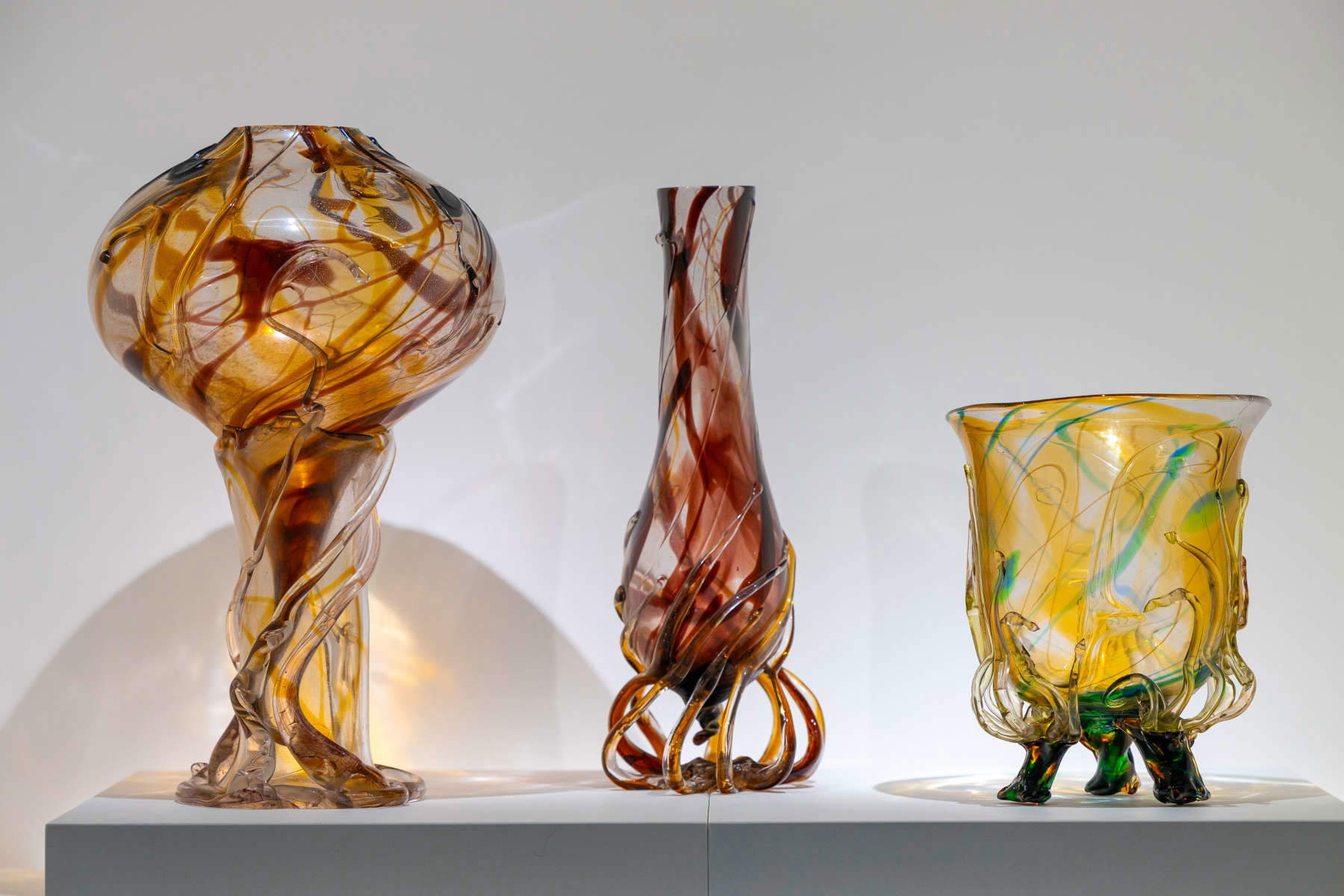
 |
| Venice, the history of Murano glass from 1912 to 1930 on display |
Warning: the translation into English of the original Italian article was created using automatic tools. We undertake to review all articles, but we do not guarantee the total absence of inaccuracies in the translation due to the program. You can find the original by clicking on the ITA button. If you find any mistake,please contact us.